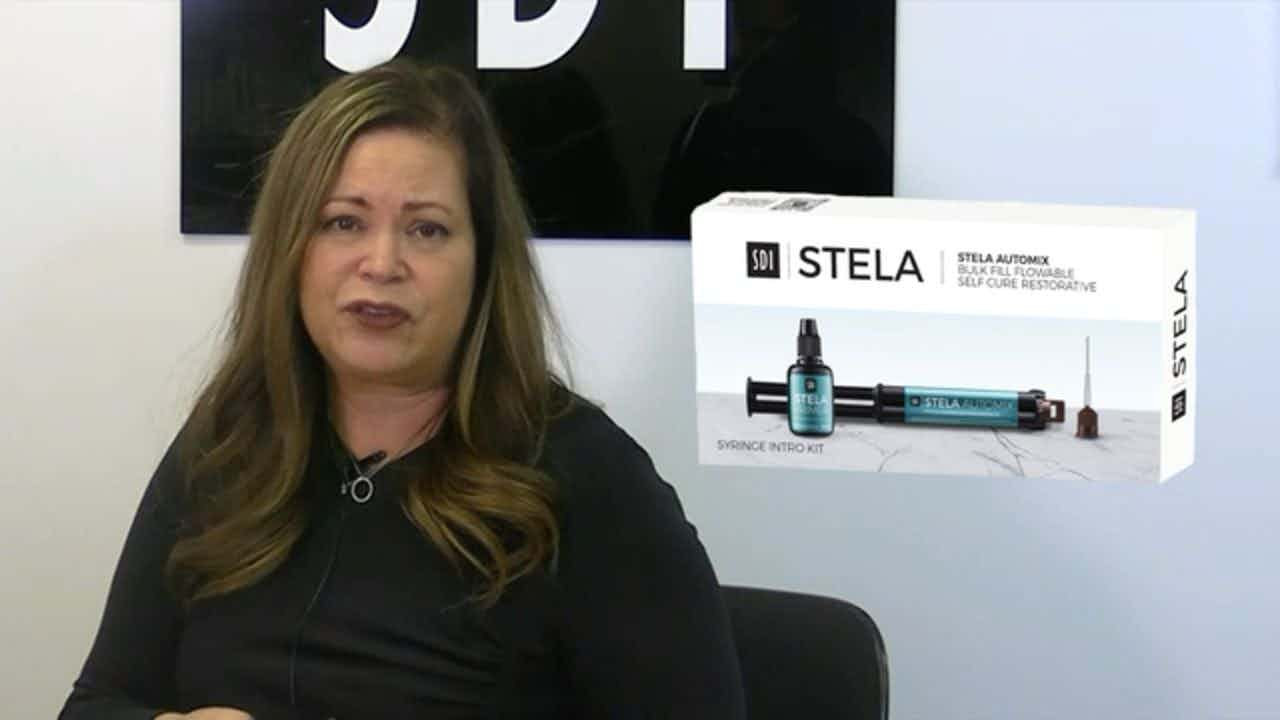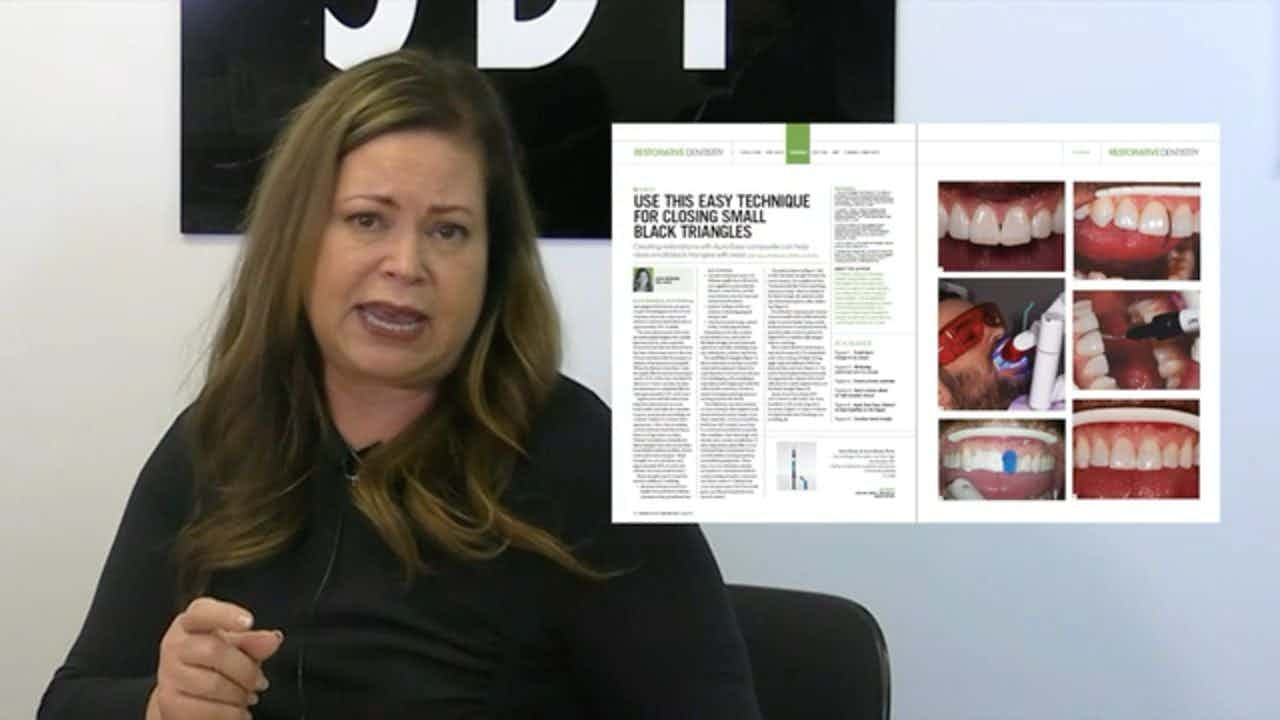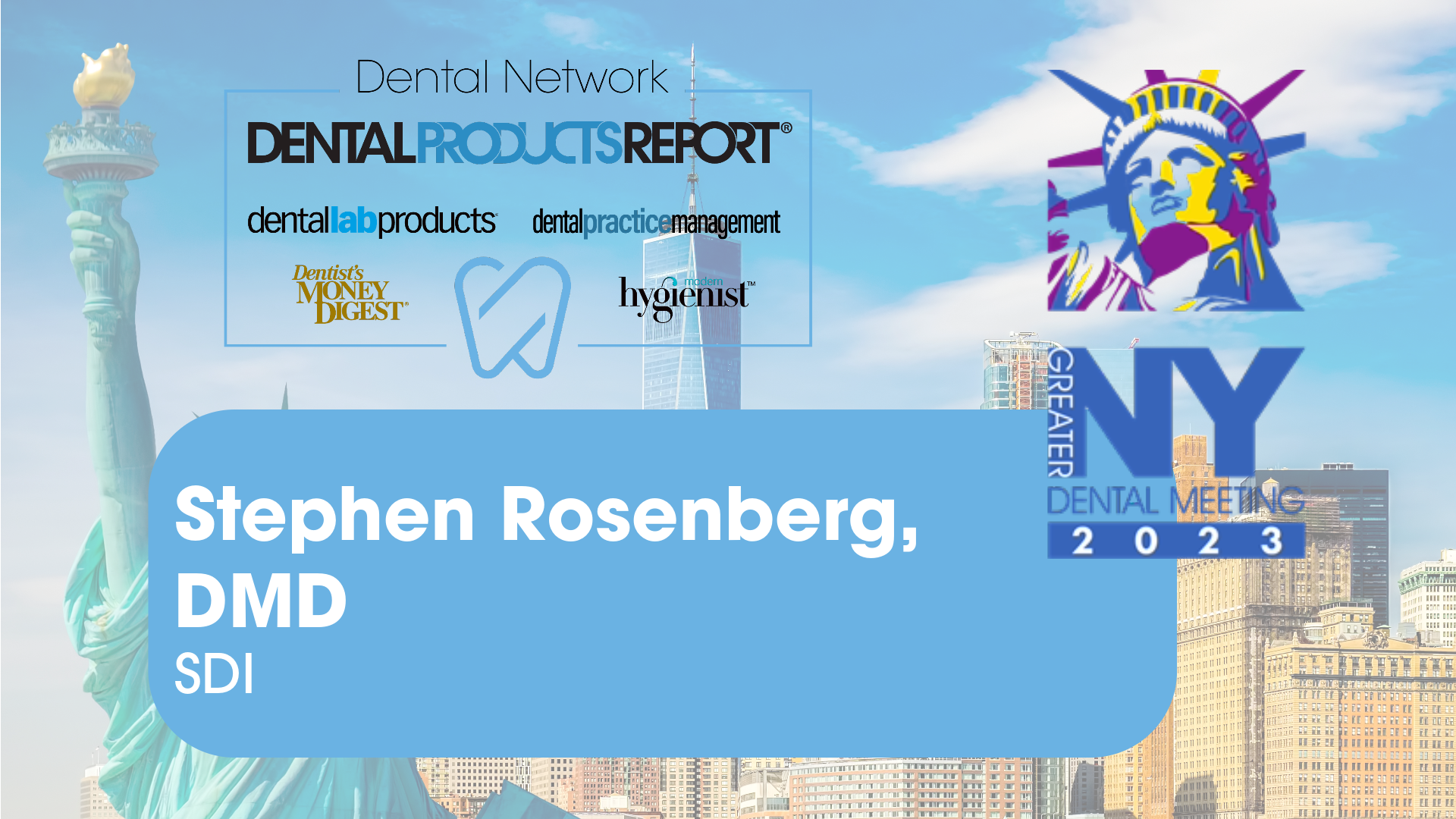Top 3 tips for using bulk fills
Follow these tips and tricks to get the best possible outcomes when using bulk fills in your dental office.

Bulk fills aren’t like other composites. In fact, a literature review published in 2017 in The Journal of Adhesive Dentistry said the most significant difference from conventional composites was their increased depth of cure, mostly because they're more translucent than other composites.
However, other differences exist too, such as in handling, placement, technique and shade matching, to name a few. Moreover, the differences aren’t just between bulk fills and other composites; some of the bulk fills have significant differences too.
We researched bulk fills and spoke to an expert about them to find out more about these materials and how to get the best possible outcomes with them. Here are the top three tips we discovered for using bulk fills in your practice.
Trending article: How bioactive materials are changing restorative dentistry
Tip #1: Go with the flow
In the past, bulk fills were primarily intended for posterior restorations. However, as the materials have improved in the areas of durability, esthetics and handling, you can use them in different areas and in varying ways.
As bulk fills improve, they have different physical properties. Understanding what type is best for each restoration is critical with the various formulations of bulk fills. Researchers have been working to clarify this area with scientific evidence.

The Journal of Adhesive Dentistry published a literature review in 2017 that showed different viscosities were better for different preparations. The researchers determined, after reviewing all the literature on bulk fill composites up to 2016, that narrow cavities with a depth greater than four millimeters should have a flowable base bulk fill whereas wider ones needed a full-body or thicker bulk fill. Also, the researchers suggest that thicker bulk fills create improved contact points as well as provide better durability and strength than other composites.
The Journal of Conservative Dentistry published a study last year that determined bulk fill composites and other composites that require more layers had similar results as far as marginal gap widths. However, they also found that the bulk fills had “similar dentin adaptability when compared with the control group.” The researchers concluded that the thickness of the bulk fills did affect the marginal interface as well as how the materials adapted in the dentin.
However, despite what these studies say, what kind of bulk fill you reach for in the operatory usually comes down to what type of bulk fill composite you like to work with and the preparation you’re treating. When it comes to what composite should go where, it’s vital that you feel comfortable working with the product - and then go with the flow.
Continue to page two to read more...
Tip #2: Know your product because not all bulk fills are alike
Dr. Jeff Lineberry, a private practice general and cosmetic dentist in Mooresville, North Carolina, and a professional educator for continuing education, says knowing your bulk fill product is vital because they’re designed to do different things.
For example, some bulk fills were designed to be liners alone and will fill up part of the cavity preparation. However, they’re not intended to be in occlusion because they lack strength and durability.
“They are more designed to fill in part of the hole, so to speak, up to five millimeters, and then you put a final regular layer of composite or resin on top of it,” Dr. Lineberry explains.
More from the author: 3 ways glass ionomers are changing restorative dentistry
Other composites are designed to fill a preparation all the way into occlusion. These bulk fills are strong and durable. Still others are intended to be liners. Some materials are more translucent than other formulations.
Most conventional composite will cure between two and three millimeters, layered in for the restoration. However, as you work with regular composite, you increase the chances of incorporating voids into it, Dr. Lineberry says.
One of the most significant reasons dental professionals use bulk fills is that you can lay in a thicker layer, making them faster and more predictable to use. With fewer layers in bulk fills, you also have less chance of integrating air pockets in the materials by accident, as long as you mind your technique.
“As you are injecting, make sure that you keep the tip in the material. Otherwise, if you are coming in and out of the materials, you can introduce air pockets and voids,” Dr. Lineberry explains.
Another benefit of knowing your product is the predictability of the esthetics. The materials often have varying levels of translucency that allow them to cure at four millimeters, which changes how they look. When more light transitions through them, you want them in the posterior restorations instead of anterior ones.
“You definitely want to put those in areas that are less esthetically driven, such as in back teeth,” Dr. Lineberry says. “You don’t want to put them in the areas where you can see them more clearly, so to speak.”
Dr. Lineberry says it’s crucial to know the limitations of the material. Some of these materials are thicker and more packable, while some are much more fluid. Knowing your product and understanding the differences between the two will help you to choose the proper composite for the preparation you want to fill.
Trending research: Is there a bidirectional link between periodontitis and diabetes?
“The last piece of it would be is that it is not an end-all-be-all product,” Dr. Lineberry explains. “It’s just another tool in your belt. You are not going to buy bulk fill and throw everything else away. It has a place where it works well.”
Composite materials are evolving and improving all the time. Dr. Lineberry says one of the issues with bulk fills is the polymerization shrinkage that can occur during light curing. Shrinkage can cause stress and microgaps around the materials. However, newer materials have addressed that issue.
“There are some of the newer materials that were developed to have stress breakers incorporated into the material to alleviate that,” he says. “Definitely stay abreast with what’s going on as far as the material because the dental manufacturers are working on trying to improve it.”
Continue to page three to read more...
Tip #3: Light it up
Getting a sufficient cure of the bulk fill is crucial to its performance. Doctors cure composites one of two ways, either with a light only or as a combination of the chemical reaction and light. Light-cured composites require a high-intensity light to activate the chemical processes in the composite material.
Curing lights have different outputs depending on the type of light used. The two most common in today’s operatories are the Light Emitting Diode (LED) and Quartz Tungsten Halogen (QTH) curing lights.
No matter which type of curing light you use, the light intensity decreases when it passes through composite materials, a significant consideration since bulk fills are often layered at four millimeters. Dr. John Flucke, technology editor for Dental Products Repor,t says curing lights for bulk fill composites should produce between 800 and 1000 mW per cm squared.
However, not every doctor knows how strong his or her light is. As an example, a study published in the Journal of Dentistry in March 2017 said that 78.3 percent of dentists in the Norwegian Public Dental Service were unaware of the irradiance value of their curing lights as new, and 17 percent said they didn’t check them regularly. Moreover, 14.5 percent said they didn’t have a routine for regular maintenance.
To determine the strength of your curing light, you need a radiometer. The irradiance is measured by determining how many milliwatts (mW) reach a surface area of the curing light guide. Per the Oral Health Group, you need to get a baseline reading on your curing light when it’s new and then test it every week thereafter. Furthermore, you should send the light to the manufacturer for service every 24 months or after five bulb changes with a QTH light.
Bulk fill composites are an excellent tool for your practice. Once you understand how you want to use them, choosing the right body type of the composite can help you to achieve a better outcome. Moreover, knowing how the composite you work with responds to different situations puts you in a better position to manage the result of your restoration. Finally, by ensuring that your curing light is emitting enough intensity to cure the bulk fill properly, you’ll have the best possible performance from this versatile and efficient restorative material.
Sources:
1. Van Ende, Annelies & De Munck, Jan & Lise, Diogo & Meerbeek, Bart. (2017). Bulk-Fill Composites: A Review of the Current Literature. The journal of adhesive dentistry. 19. 10.3290/j.jad.a38141. <https://www.researchgate.net/publication/316524305_Bulk-Fill_Composites_A_Review_of_the_Current_Literature>.
2. Ibid.
3. Ibid.
4. Agarwal, Rolly Shrivastav et al. “Evaluation of cervical marginal and internal adaptation using newer bulk fill composites: An in vitro study” Journal of conservative dentistry: JCD vol. 18,1 (2015): 56-61. <https://www.ncbi.nlm.nih.gov/pmc/articles/PMC4313481/>.
5. Elsenpeter, Robert. “6 ways bulk fills are changing restorative dentistry.” Dentalproductsreport.com. 2 May 2018. Web. 4 January 2019. <http://www.dentalproductsreport.com/dental/article/6-ways-bulk-fills-are-changing-restorative-dentistry?page=0,3>.
6. Kopperud S.E., Rukke, H.V., et al. “Light curing procedures - performance, knowledge level and safety awareness among dentists.” Journal of Dentistry. (2017) Vol. 58:67-73. From Web: sciencedirect.com. <https://www.sciencedirect.com/science/article/pii/S0300571217300301>.
7. Miller, DDS, Michael B. “Curing Lights: What you should know before buying one.” Oralhealthgroup.com. 1 December 2009. Web. 4 January 2019. < https://www.oralhealthgroup.com/features/curing-lights-what-you-should-know-before-buying-one/>.
8. Ibid.
ACTIVA BioACTIVE Bulk Flow Marks Pulpdent’s First Major Product Release in 4 Years
December 12th 2024Next-generation bulk-fill dental restorative raises the standard of care for bulk-fill procedures by providing natural remineralization support, while also overcoming current bulk-fill limitations.
















